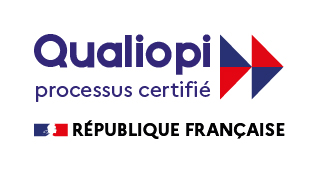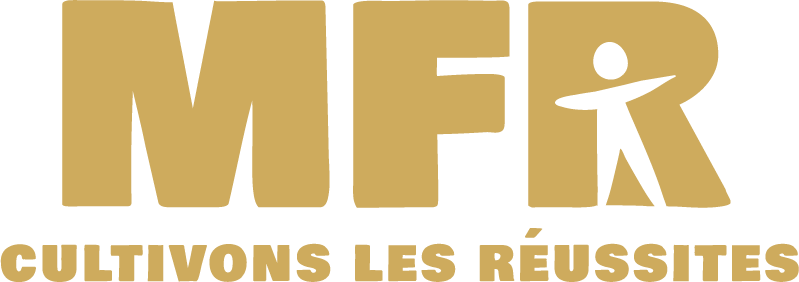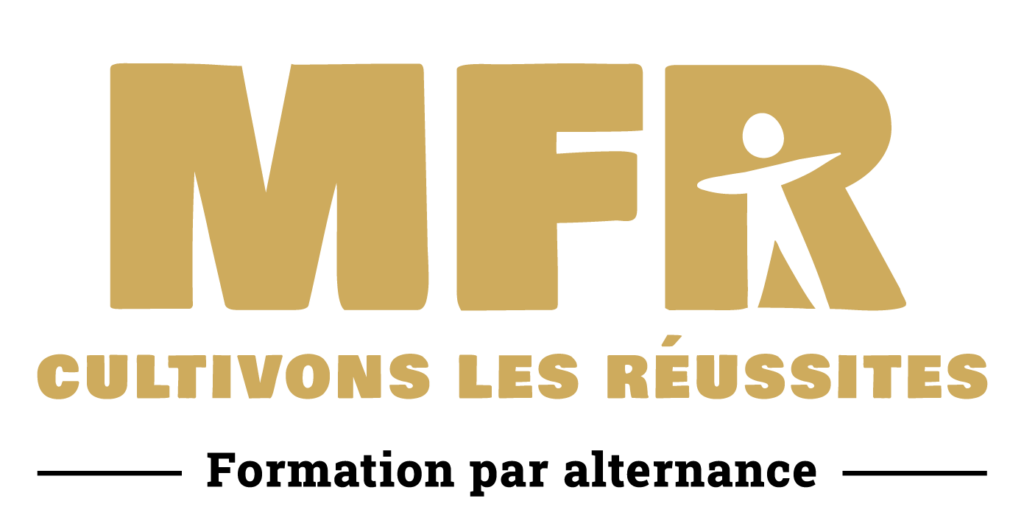While Herget knew his industry when starting
Gearhead, like many entrepreneurs
he faced regulatory and financial issues that were new to him. Several of these issues were related to accounting and the wealth
of decision-making information that accounting systems provide. Gearhead Outfitters, founded
by Ted Herget in 1997 in Jonesboro, Arkansas, is a retail chain
that sells outdoor gear for men, women, and children. The company’s
inventory includes clothing, footwear for hiking and running,
camping gear, backpacks, and accessories, by brands such as
The North Face,
Birkenstock,
Wolverine,
Yeti,
Altra,
Mizuno, and
Patagonia.
To understand this, you must first understand who the users of financial statements are. Users of the information found in financial statements are called stakeholders. The stakeholder’s interest sometimes is not directly related to the entity’s financial performance. Examples of stakeholders include lenders, investors/owners, vendors, employees and management, governmental agencies, and the communities in which the businesses operate. For example, a banker may be interested in the financial statements to decide whether or not to lend the organization money. Another way to think of the connection between the income statement and balance sheet (which is aided by the statement of owner’s equity) is by using a sports analogy.
The primary goal of a business is to earn revenue by providing goods and services to customers in exchange for cash at that time or in the future. While selling other items for more than the value of the item does occur in business, these transactions are classified as gains, because these sales are infrequent and not the primary purpose of the business. Financial statements are used to understand the financial performance of companies and to make long- and short-term decisions. A utilitarian approach considers all stakeholders, and both the long- and short-term effects of a business decision.
The applications vary slightly from program to program, but all ask for some personal background information. If you are new to HBS Online, you will be required to set up an account before starting an application for the program of your choice. Our platform features short, highly produced videos of HBS faculty and guest business experts, interactive graphs and exercises, cold calls to keep you engaged, and opportunities to contribute to a vibrant online community. Access and download collection of free Templates to help power your productivity and performance.
- It is the value Chris received in
exchange for the services provided to her clients. - Chris’s primary objective is to earn revenue by working for her clients.
- Let’s further assume that Chuck, while attending a popcorn conference for store owners, has a conversation with the owner of a much larger popcorn store—Captain Caramel’s.
- This figure represents the premium overstated par value (the $8 million) at which the original shares were issued.
Knowing the basics of how to read a balance sheet and calculate owner’s equity is an important skill for owners of businesses of all sizes, as well as for investors of public companies. The withdrawals are considered capital gains, and the owner must pay capital gains tax depending on the amount withdrawn. Another way of lowering owner’s equity is by taking a loan to purchase an asset for the business, which is recorded as a liability on the balance sheet. The statement uses the final number from the financial statement previously completed. In this case, the statement of owner’s equity uses the net income (or net loss) amount from the income statement (Net Income, ?5,800).
What Is Equity on a Balance Sheet?
It constitutes a part of the total capital invested in the business, which doesn’t belong to debt holders. You will not see a similarity between the 10-column worksheet and the balance sheet, because the 10-column worksheet is categorizing all accounts by the type of balance they have, debit or credit. You may notice that dividends are included in our 10-column worksheet balance sheet columns even though this account is not included on a balance sheet.
The reason for this is that there’s quite a bit of important information that a balance sheet and owner’s equity doesn’t tell us. For example, it doesn’t tell us whether a business is profitable or not, what its operating margin is, or whether it produces positive operating cash flow. It’s important to note when it comes to publicly traded companies that owner’s equity and market capitalization (market cap) are two very different concepts.
- More detail on this issue is provided in
Define, Explain, and Provide Examples of Current and Noncurrent
Assets, Current and Noncurrent Liabilities, Equity, Revenues, and
Expenses. - To keep this example
simple, assume that she is using her family’s tractor, and we are
using the cash basis method of
accounting to demonstrate Chris’s initial operations for her
business. - It’s also the total assets of $117,500 minus total liabilities of $22,500.
- Two key people at McDonald’s are the purchasing manager and the sales manager (although they might have different titles).
- In Chris’s business, to
keep the example relatively simple, the business ended the month
with one asset, cash, assuming that the insurance was for one
month’s coverage.
Accountants have an ethical duty to accurately report the financial results of their company and to ensure that the company’s annual reports communicate relevant information to stakeholders. If accountants and company management fail to do so, they may incur heavy penalties. Figure 2.8 shows what the statement of owner’s equity for Cheesy Chuck’s Classic Corn would look like.
Definition of Owner’s Equity
Current liabilities are debts typically due for repayment within one year (e.g. accounts payable and taxes payable). Long-term liabilities are obligations that are due for repayment in periods longer than one year (e.g., bonds payable, leases, and pension obligations). Upon calculating the total assets and liabilities, shareholders’ equity can be determined. Owner’s equity is recorded in the balance sheet at the end of an accounting period. It is obtained as the difference between the total assets and liabilities. Assets are shown on the left hand of the balance sheet while the liabilities and owners’ equity is placed on the right hand side of the balance sheet.
Expenses
One of the most important (and underrated) lines in your financial statements is owner’s equity. Be sure to take advantage of QuickBooks Live and accounting software to help with your statement of owner’s equity and other bookkeeping tasks. Owner’s equity is typically seen with sole proprietorships, but can also be known as stockholder’s equity or shareholder’s equity if your business structure is a corporation. Owner’s equity refers to the portion of a business that is the property of the business’ shareholders or owners. The simple explanation of owner’s equity is that it is the amount of money a business would have left if it shut down its operations, sold all of its assets, and paid off its debts.
Owner’s Equity vs. Business Fair Value
The other available basis method that is commonly used in
accounting is the accrual basis
method. On August 31,
Chris checked the account balance and 33 proven ways to monetize a website noticed there is only $250 in
the checking account. This balance is lower than expected because
she thought she had been paid by some customers.
What is Owner’s Equity?
In our current
example, Chris’s landscaping business, the “revenue” earned for the
month of August would be $1,400. It is the value Chris received in
exchange for the services provided to her clients. Likewise, when a
business provides goods or services to customers for cash at the
time of the service or in the future, the business classifies the
amount(s) as revenue. Just as the $1,400 earned from a business
made Chris’s checking account balance increase, revenues increase
the value of a business. Similar to the previous example for the mechanic, a credit sale, however, would be treated differently under each of these types of accounting.
The accountant can use this information to advise
outside (and inside) stakeholders on decisions, and management can
use this information as one tool to make strategic short- and
long-term decisions. A partnership is a legal business structure
consisting of an association of two or more people who contribute
money, property, or services to operate as co-owners of a business. Benefits of this type of structure include favorable tax treatment,
ease of formation of the business, and better access to capital and
expertise.
Generally, when looking at equity you want to consider the value of something and how much you owe is on that value. A difference, however, is evident if we consider how these funds were earned. Chris earned the $1,400 because she provided services (her labor) to her clients. Chris’s primary objective is to earn revenue by working for her clients. In addition, earning money by selling her land was an infrequent event for Chris, since her primary job was serving as a landscaper. Her primary goal is to earn fees or revenue, not to earn money by selling land.
It says Berkshire issued common shares that increased paid-in capital, that AOCI grew by more than $10 billion because of investment appreciation, and retained earnings increased as profits were retained. Treasury stock was purchased over the past two years, as were non-controlling interests in other businesses. As described in
Role of Accounting in Society, the complete set of
financial statements acts as an X-ray of a company’s financial
health. By evaluating all of the financial statements together,
someone with financial knowledge can determine the overall health
of a company.




